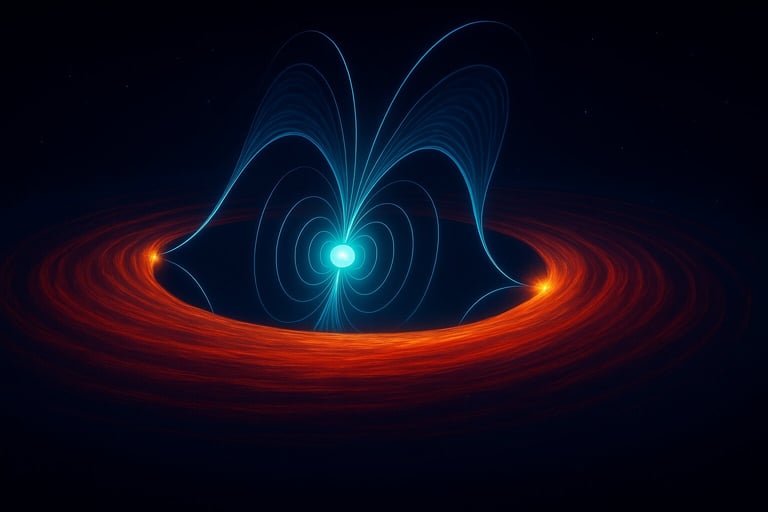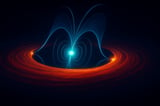Astronomers Unveil New Insights into Rare Pulsar's Emissions with NASA's IXPE
July 15, 2025
Astronomers measured the polarization angles of both X-ray and optical light, finding consistent polarization across wavelengths, which confirms a coherent physical mechanism behind the emissions.
These findings suggest that the pulsar wind is the primary energy source in the system, contributing to a shift in understanding neutron star emissions in binary systems.
Ongoing studies aim to refine theoretical models about how pulsar winds generate radiation and influence cosmic environments.
Maria Cristina Baglio described transitional millisecond pulsars as 'cosmic laboratories' that help scientists understand neutron star evolution within binary systems.
The research was enabled by NASA's Imaging X-ray Polarimetry Explorer (IXPE), launched in December 2021, which is a collaborative mission with the Italian Space Agency, and this study marks its first investigation of a transitional millisecond pulsar.
Ongoing observations with IXPE are expected to enhance theoretical models of pulsar winds and radiation, providing deeper insights into these extreme cosmic phenomena.
During its active state, the pulsar feeds and emits radiation, while in its dormant state, it primarily emits radio wave pulsations, highlighting its transitional nature.
The study found that these X-rays originate from the pulsar wind—a stream of particles accelerated to near light speed—rather than from the accretion disk, challenging previous models.
An international team of astronomers has used NASA's IXPE and other telescopes to study PSR J1023+0038, a rare transitional millisecond pulsar, revealing new insights into its behavior and emissions.
This pulsar, part of a system where a rapidly rotating neutron star feeds off a low-mass companion and forms an accretion disk, switches between active and dormant states, emitting twin beams of light.
A key focus of the research was to determine the origin of X-rays emitted by J1023, which are vital for understanding particle acceleration and accretion processes around neutron stars.
Summary based on 2 sources
Get a daily email with more Science stories
Sources

NASA • Jul 15, 2025
NASA’s IXPE Imager Reveals Mysteries of Rare Pulsar - NASA
Phys.org • Jul 15, 2025
NASA's IXPE imager reveals mysteries of rare pulsar